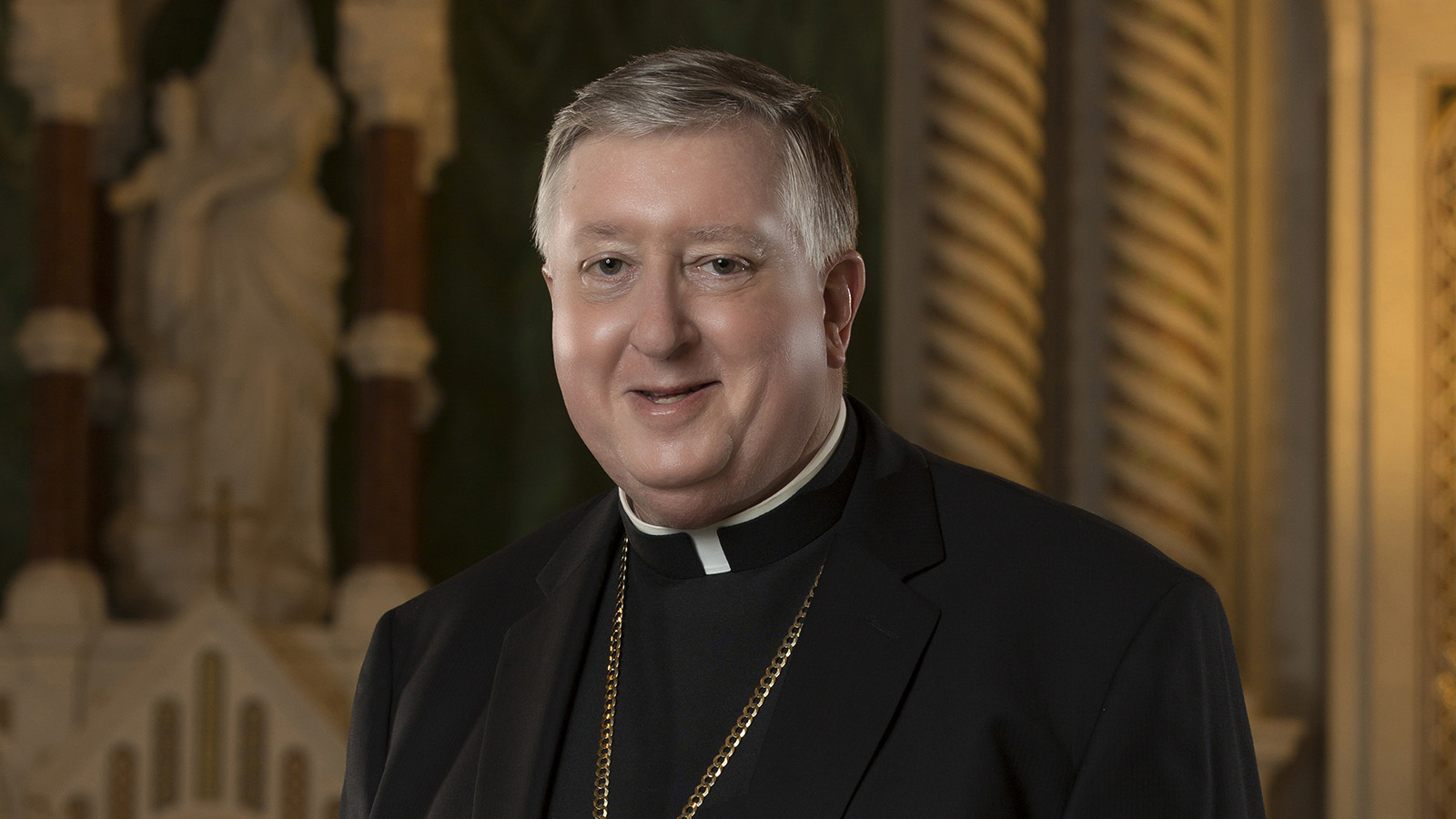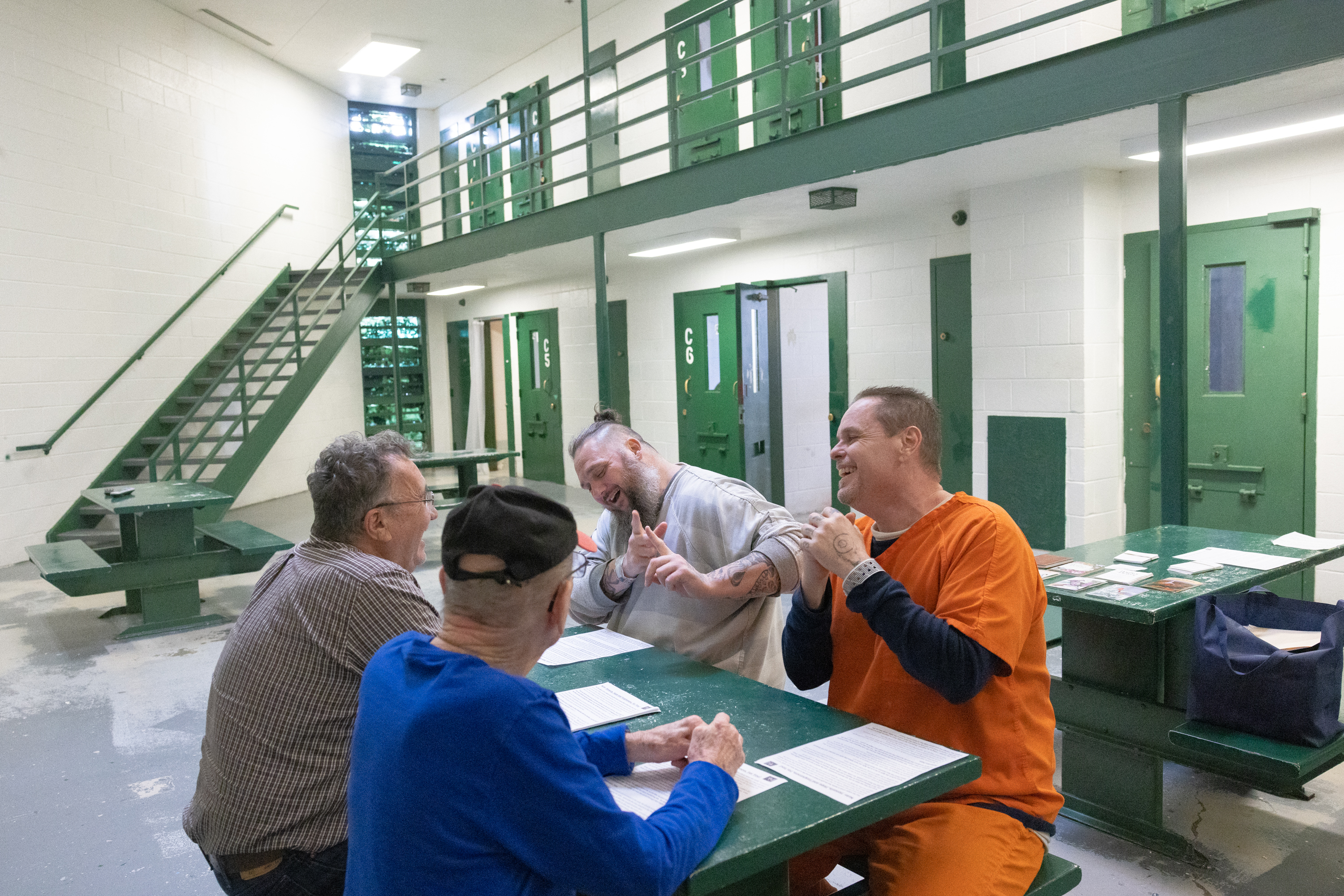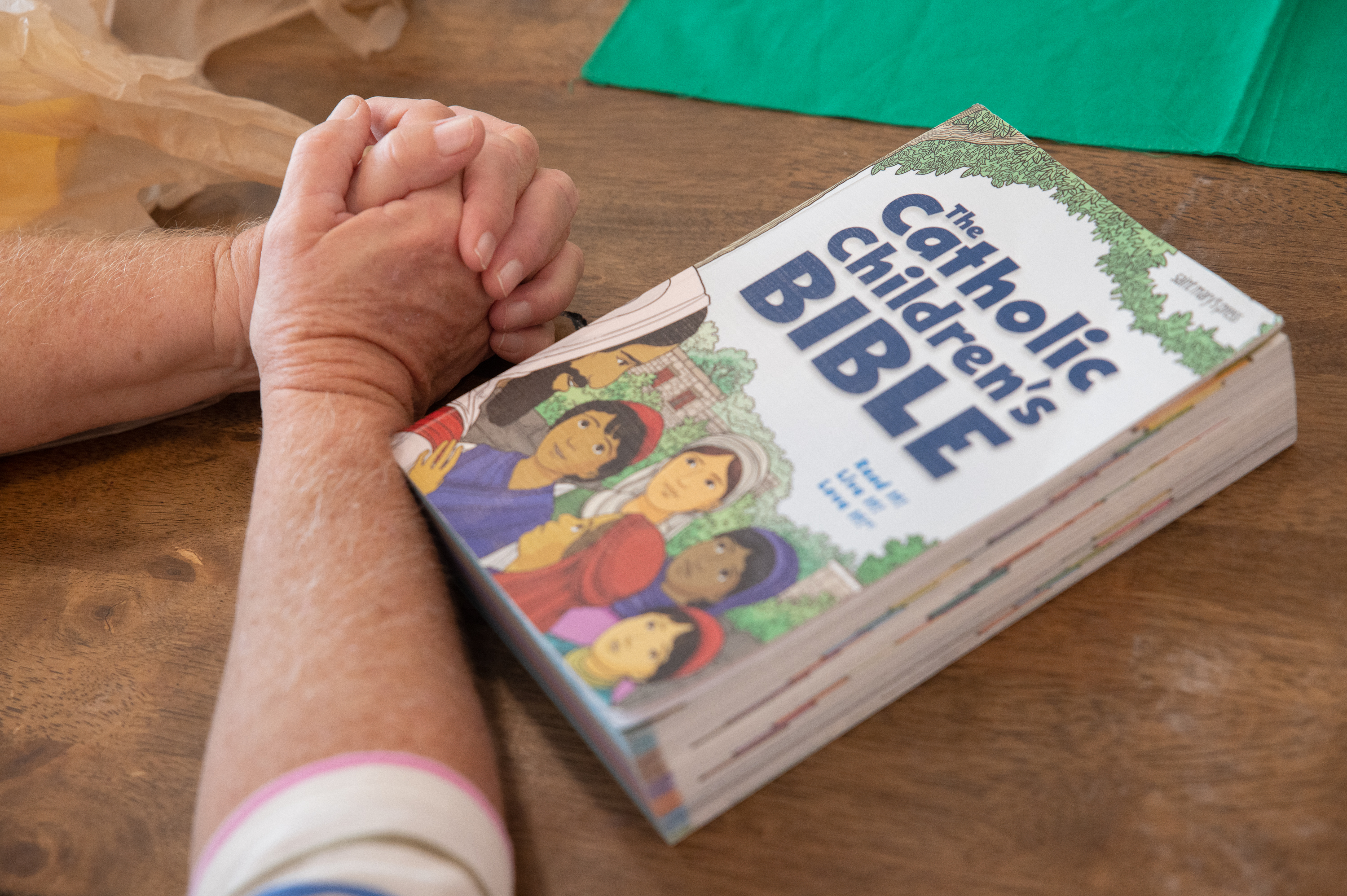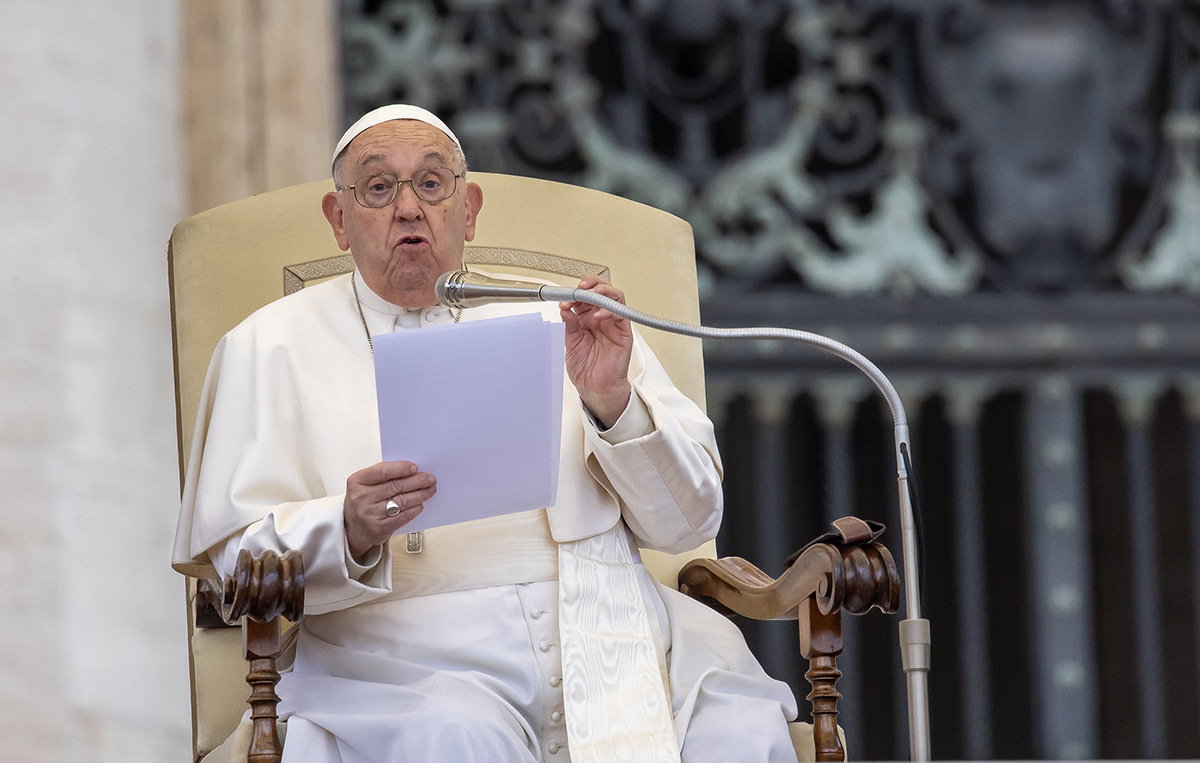SERVE THE LORD WITH GLADNESS | Our vulnerabilities are places that open us up to Jesus and His plan
This Christmas, let’s think about how we treat the vulnerable in our midst, and what we do with our own vulnerability
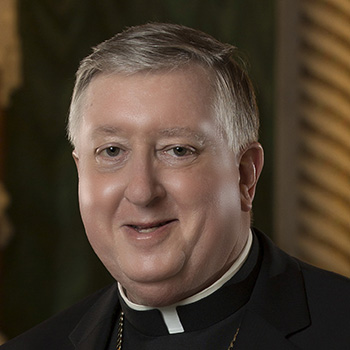
Dear brothers and sisters in Christ,
Merry Christmas!
This Christmas, I find myself thinking about how Christ became vulnerable for us. The invisible was made visible, and the invulnerable made Himself vulnerable, both in the manger and on the cross.
That, in turn, makes me wonder about two things: How do we treat the vulnerable, and what do we do with our vulnerability?
In terms of how we treat the vulnerable, I think of how Missouri treats the most vulnerable in our society: babies in the womb. We reach out to protect them. But we don’t just stop there. We know that right next to them are their moms in need who are also vulnerable — so we reach out to protect them, too.
It’s interesting to note that the Catechism of the Catholic Church follows this kind of method in its treatment of the Ten Commandments. Each treatment starts with the direct matter of that commandment, then moves outward, in concentric circles, to deal with other matters that are implicit in the first point.
That method should get us all thinking: Who else is vulnerable? We start with babies and moms — and rightly so, because they’re the most vulnerable. But we can and should continue to stretch out to take the next step, and the next. At Christmas, we celebrate the fact that Christ became vulnerable for us. A concrete expression of our faith in Christ is to reach out and care for the vulnerable in our midst.
Every one of us, too, is or will be vulnerable at some point in our lives: physically, medically, emotionally, financially, situationally and so on. What we do with our vulnerability?
Often enough, our tendency is to turn in on ourselves — to protect the vulnerable spot. That’s perfectly understandable! But I don’t think it bears the best fruit.
A series of feasts this week point us in another and potentially more fruitful direction. St. Stephen (Dec. 26) made his body physically vulnerable for his faith in Christ. St. John the Evangelist (Dec. 27) witnessed the vulnerability of Christ on the Cross and made his own heart vulnerable to Christ in faith. The Holy Innocents (Dec. 28) were made vulnerable for the sake of Christ without even knowing it. When we celebrate the feast of the Holy Family (Dec. 30), we hear how Mary’s heart would be pierced with a sword and how Joseph’s sleep was vulnerable to divine interruption!
These feasts show there are many ways to be vulnerable, and they can all be caught up in God’s plan. But in every case they also show us that our vulnerability is not a weakness to be hidden so much as a pivot point — a place that can open us up to Jesus and His plan for our lives.
When Jesus made Himself vulnerable for our sake, He made an offer. He offered us a share in His immortal life. What He wants in exchange is our vulnerability. But very often, we treat our vulnerability as a precious commodity: We want to keep it to ourselves, rather than give it to Him!
Jesus took human vulnerability to Himself in the Incarnation. Now, in each of our lives, He asks us to make a gift of our vulnerability to Him. So that becomes the practical question of faith: Will we give it to Him or keep it for ourselves?
This week, as we celebrate the mystery of Christ becoming vulnerable for us, let’s think about how we treat the vulnerable in our midst and what we do with our own vulnerability.
And the Word became flesh and made His dwelling among us. (John 1:14)

